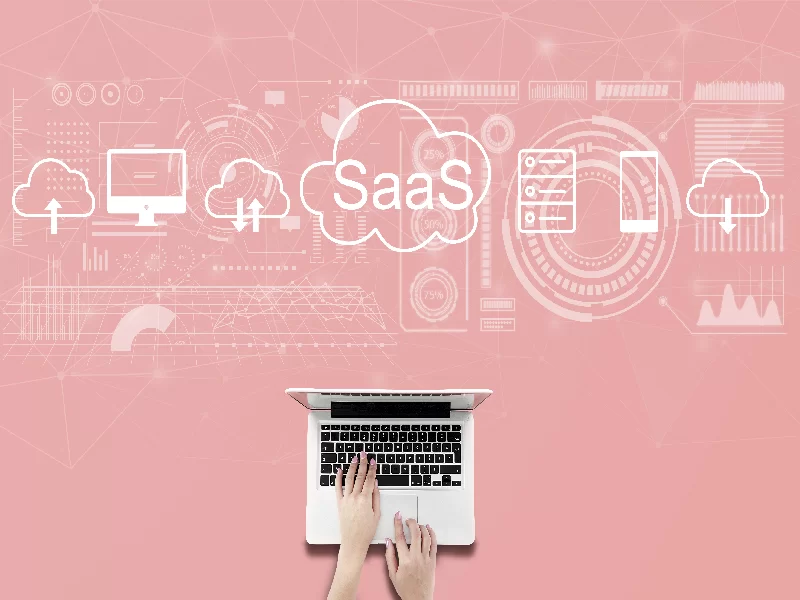- SaaS (Software-as-a-Service) is a cloud-based model that allows users to access software via the internet on a subscription basis, eliminating the need for traditional software installation and maintenance.
- SaaS offers advantages like cost-effectiveness, scalability, and ease of access, but businesses must consider data security, internet dependence, and subscription costs.
The software-as-a-service (SaaS) model has transformed the way individuals and businesses access and utilize software. Instead of purchasing software outright and installing it on individual devices, SaaS offers a subscription-based model that provides access to applications via the internet. But what exactly is SaaS, and why has it become such a dominant force in the tech industry?
Also read: Google Cloud and Lumen collaborate on next-gen network tech
Also read: FTC targets Microsoft: Cloud monopoly in the spotlight
Defining SaaS
SaaS is a cloud-based software delivery method that allows users to access applications online rather than through traditional on-premises installations. These applications are hosted on remote servers managed by a SaaS provider, ensuring that users don’t need to worry about maintenance, updates, or hardware compatibility. Popular examples include Google Workspace, Salesforce, and Dropbox.
At its core, SaaS eliminates the need for businesses and individuals to invest in costly infrastructure and ongoing IT support. It provides flexibility and scalability, making it a particularly appealing solution for startups, small businesses, and enterprises alike.
How SaaS works
When you subscribe to a SaaS product, you’re essentially renting access to software hosted in the cloud. This model operates on a pay-as-you-go or subscription basis, which may be billed monthly or annually. Users can access the software from any internet-connected device, making it highly versatile for remote work and collaboration.
Behind the scenes, SaaS providers maintain the software, handle updates, ensure security, and manage infrastructure. This offloads technical burdens from users, allowing them to focus on leveraging the software’s functionality.
Key features of SaaS
- Accessibility: Access the software anytime, anywhere, on any device with internet connectivity.
- Cost-Effectiveness: Lower upfront costs compared to purchasing software licenses.
- Scalability: Easily adjust subscriptions based on your needs, whether for a growing team or fluctuating demands.
- Automatic Updates: No manual installations; the provider ensures the latest features and patches.
- Integration: Many SaaS products integrate seamlessly with other tools and platforms, creating a unified ecosystem.
Advantages of SaaS
- Reduced IT Workload: With the provider handling maintenance and updates, businesses save on IT staffing and resources.
- Faster Implementation: SaaS tools are ready to use upon subscription, eliminating long setup times.
- Enhanced Collaboration: Cloud-based tools allow multiple users to work simultaneously from different locations.
Challenges and considerations
While SaaS offers numerous benefits, it’s important to consider potential challenges:
- Data Security: Since data is stored on third-party servers, businesses must ensure robust encryption and compliance with data protection standards.
- Dependence on Internet Connectivity: SaaS requires a stable internet connection, which may be a limitation in certain scenarios.
- Subscription Costs: Over time, subscription fees may exceed the cost of traditional software ownership, depending on usage and vendor pricing.
Why SaaS is dominating the market
The SaaS model is aligned with the modern demand for flexibility and agility. As businesses adopt remote and hybrid work environments, SaaS tools provide the collaborative and scalable solutions necessary to thrive. Moreover, advancements in cloud technology and security measures continue to bolster trust in SaaS platforms.

